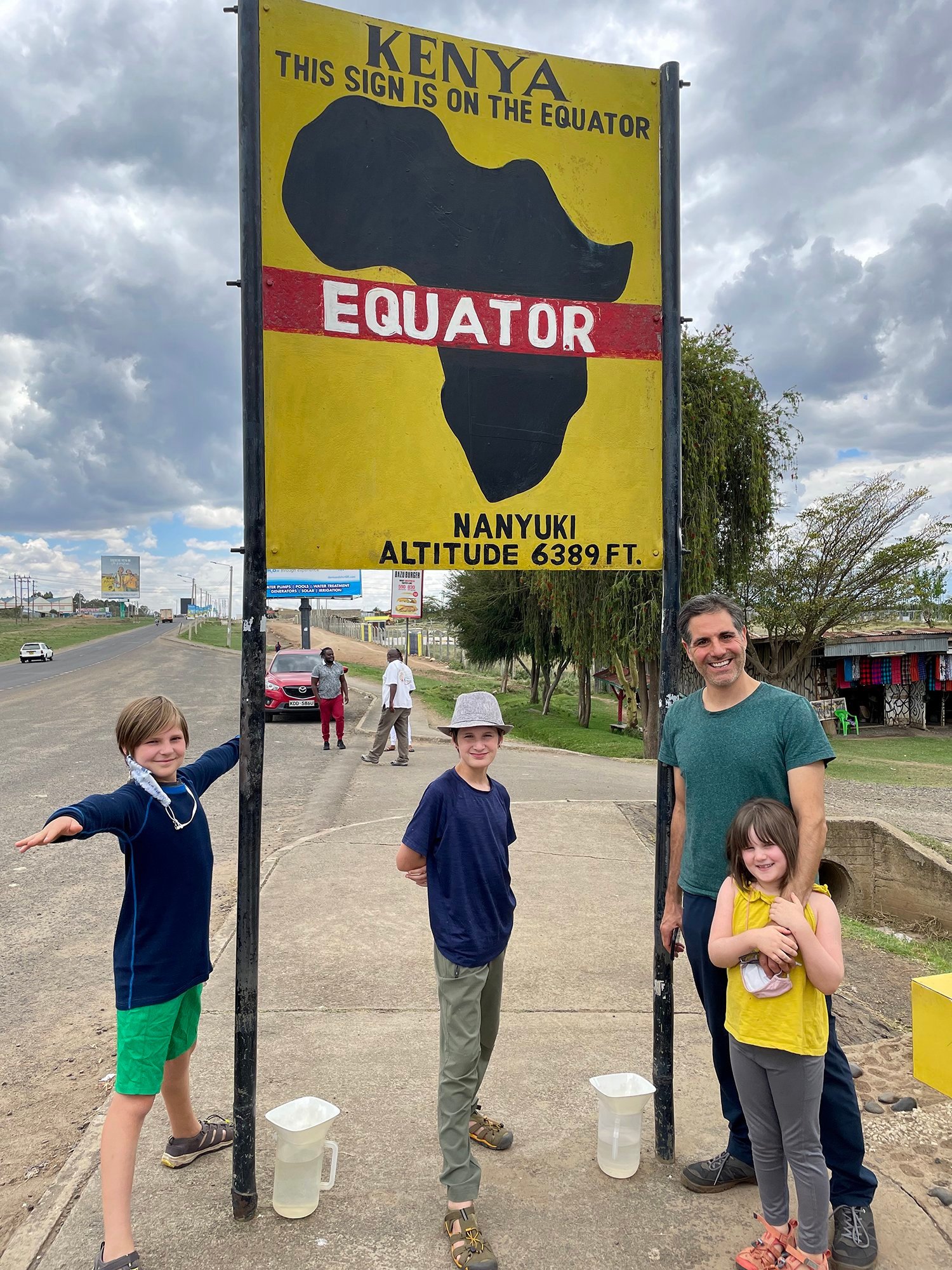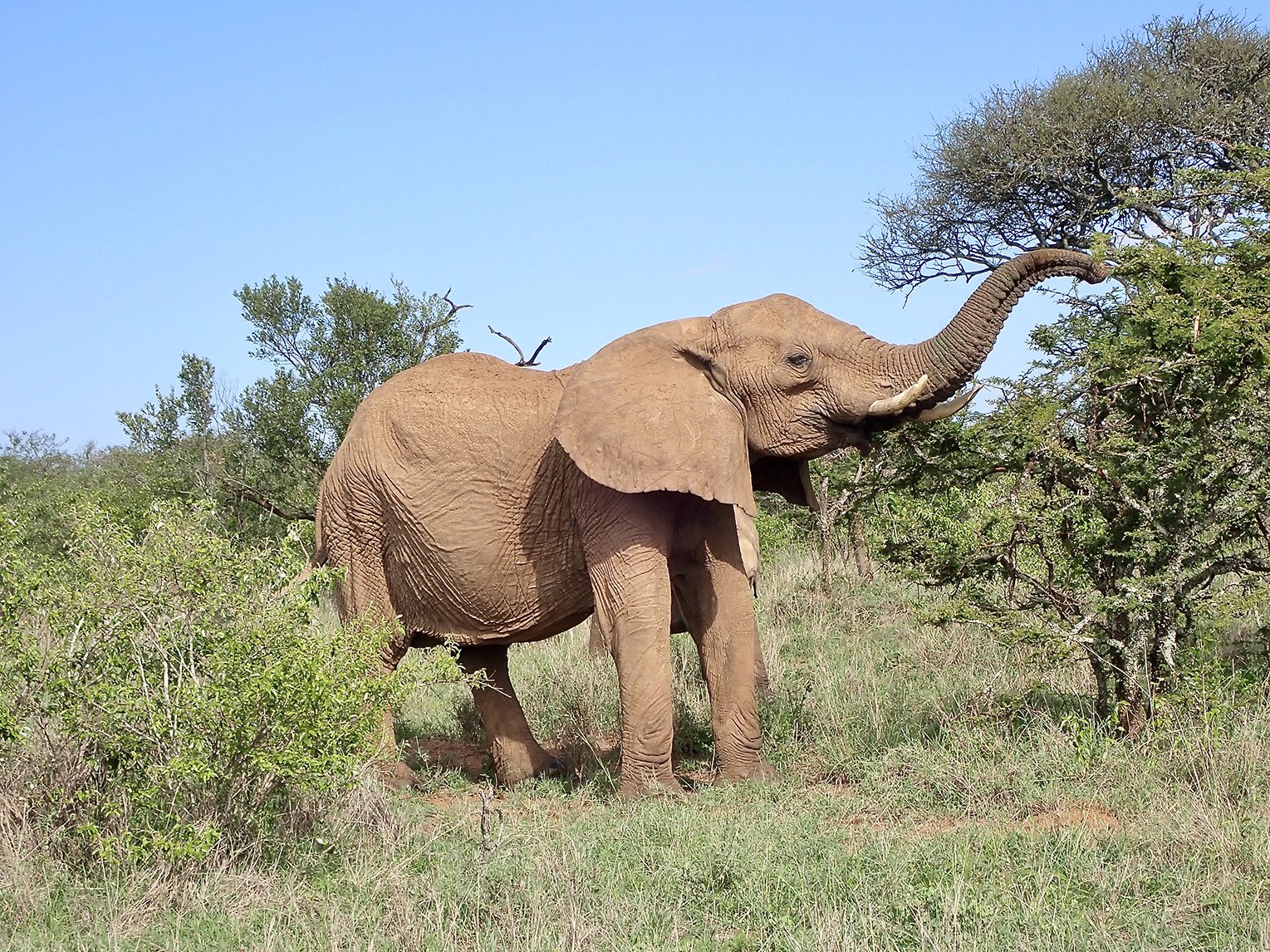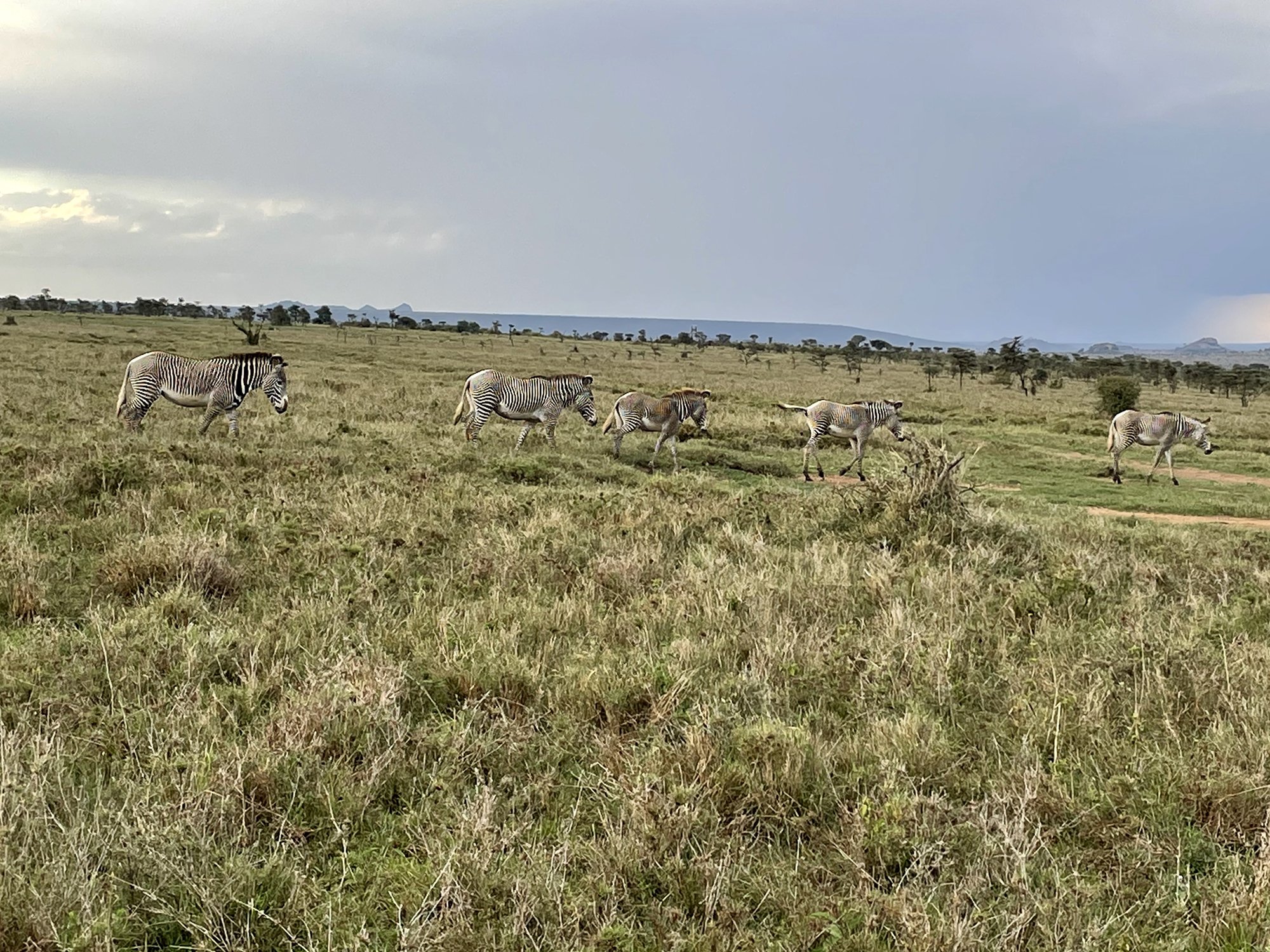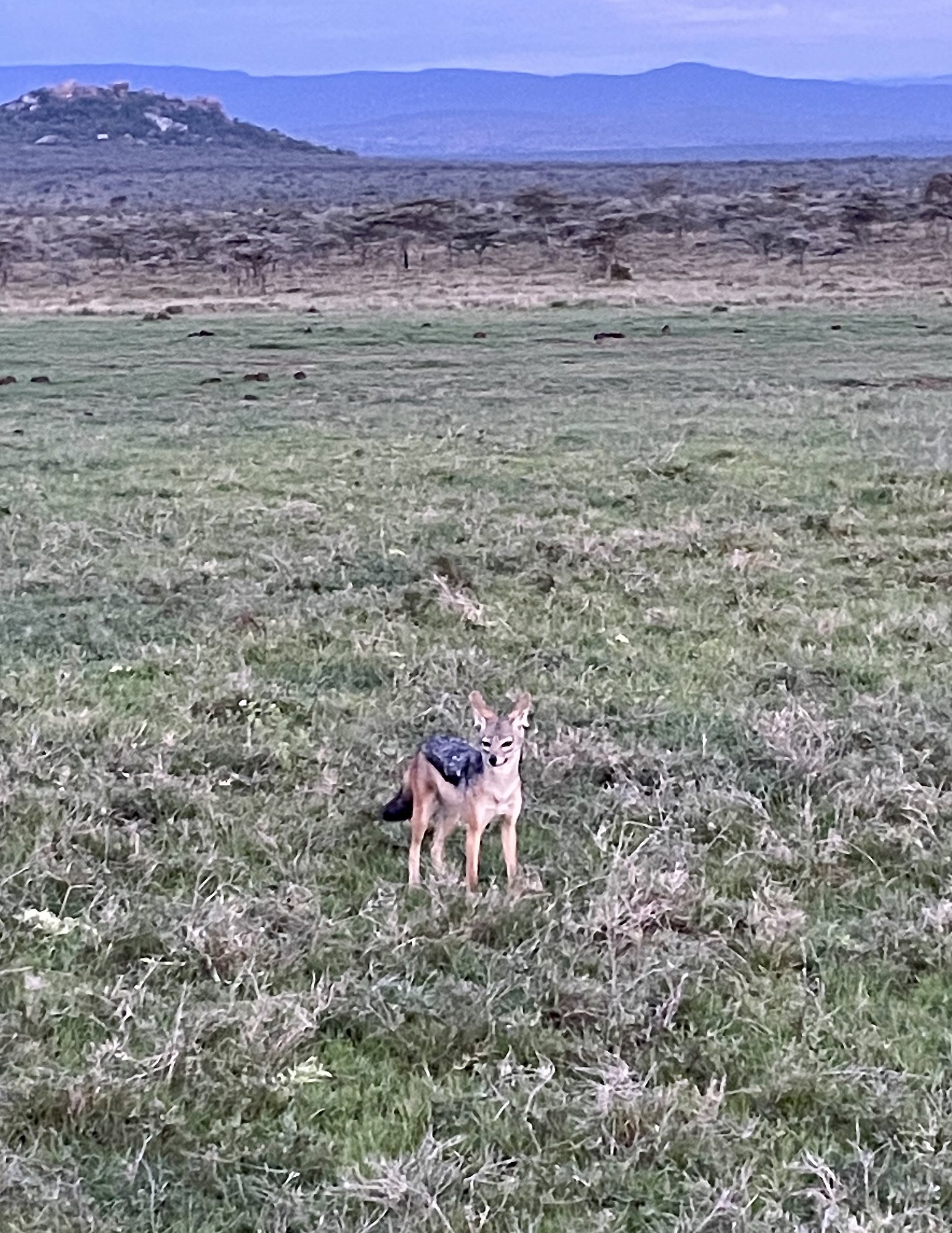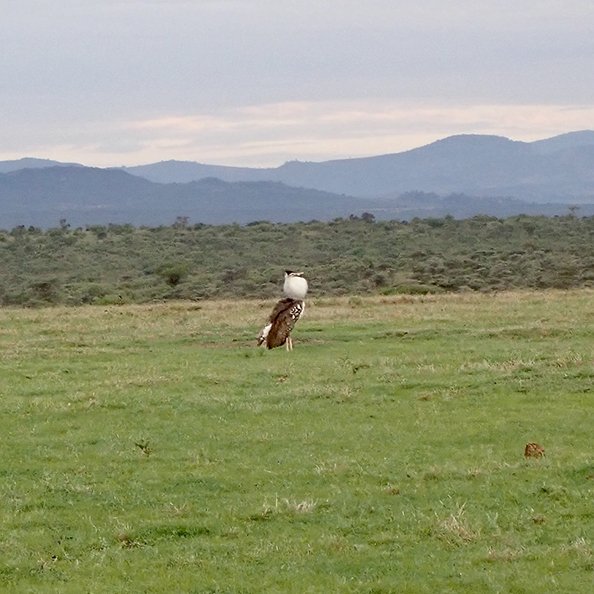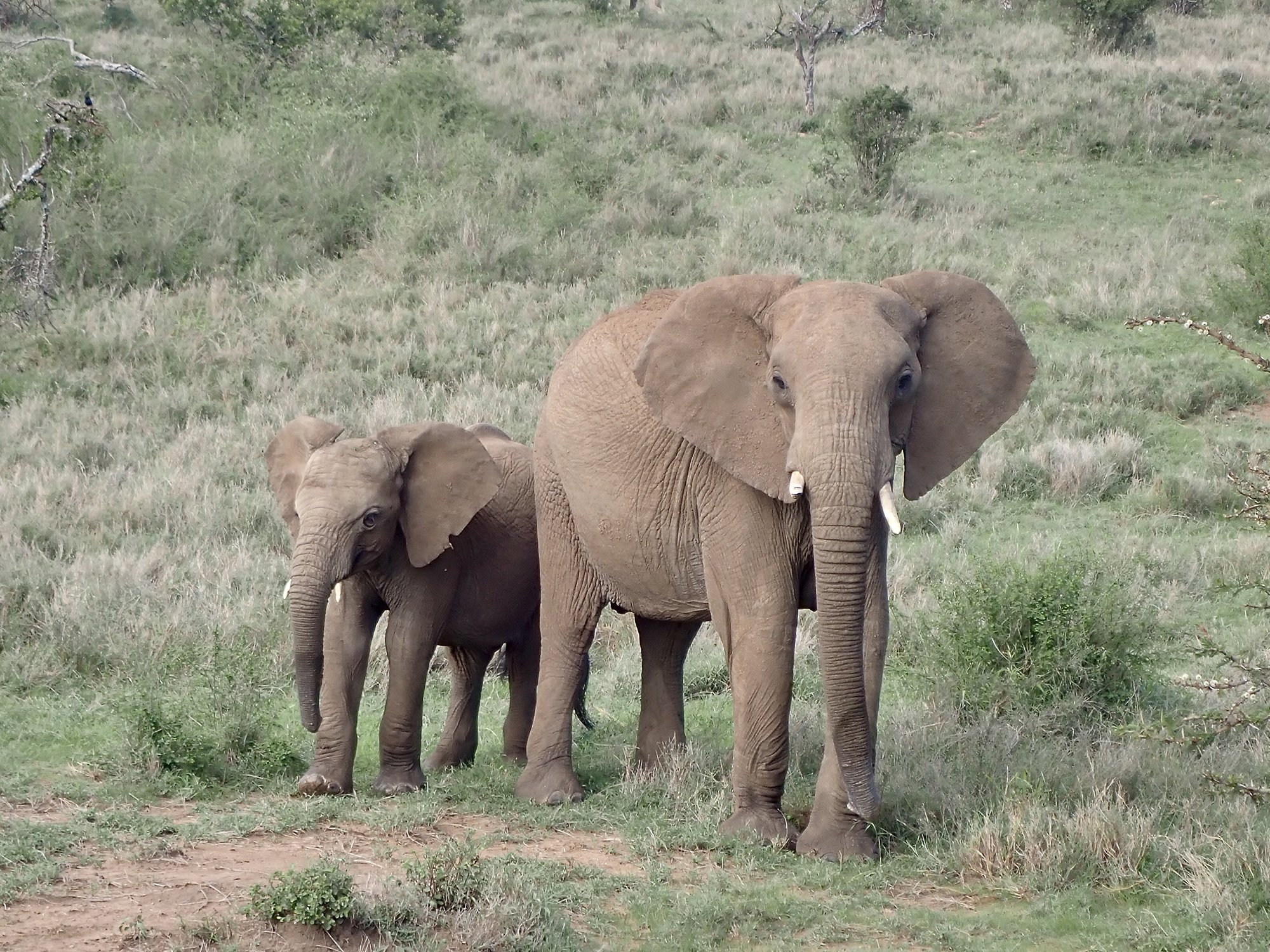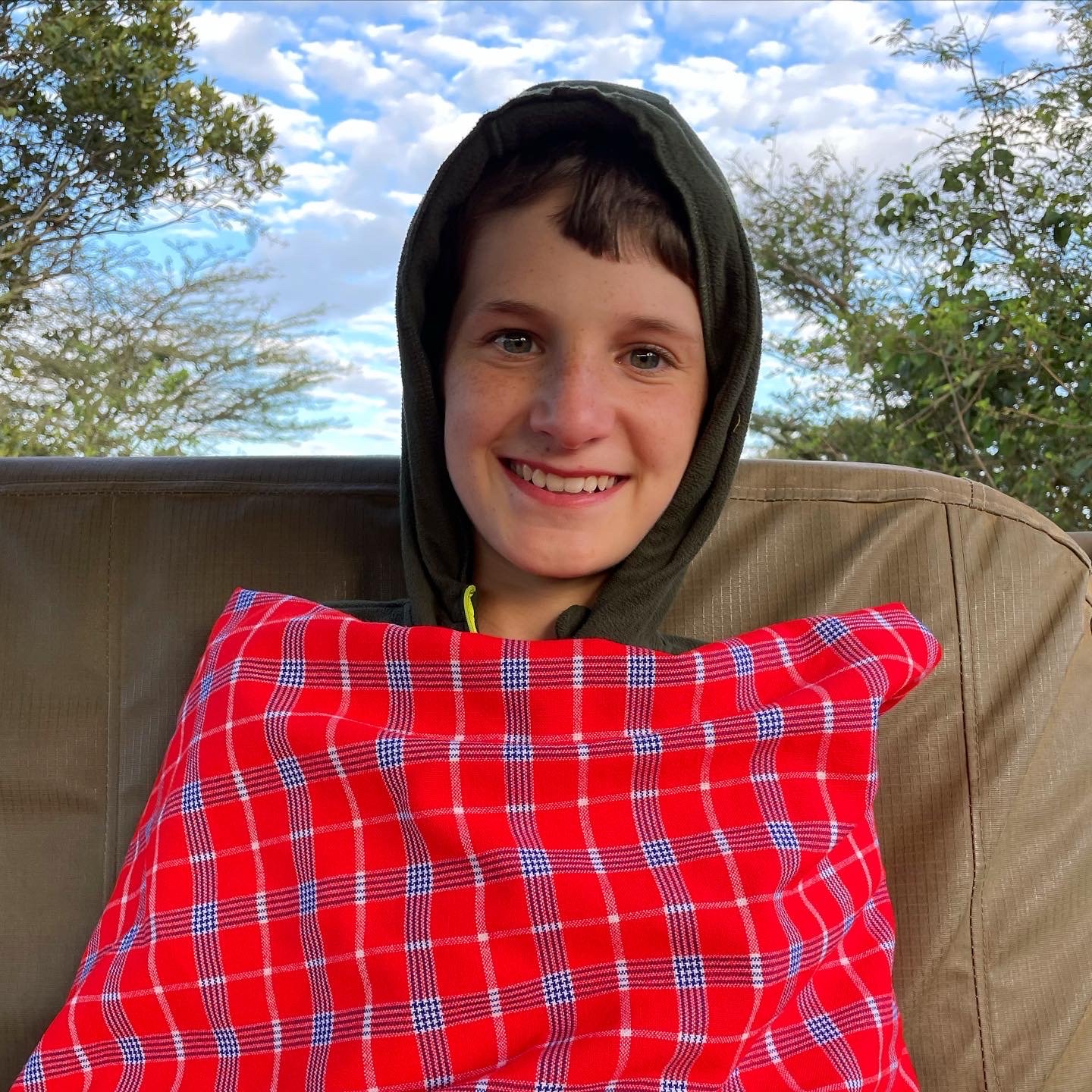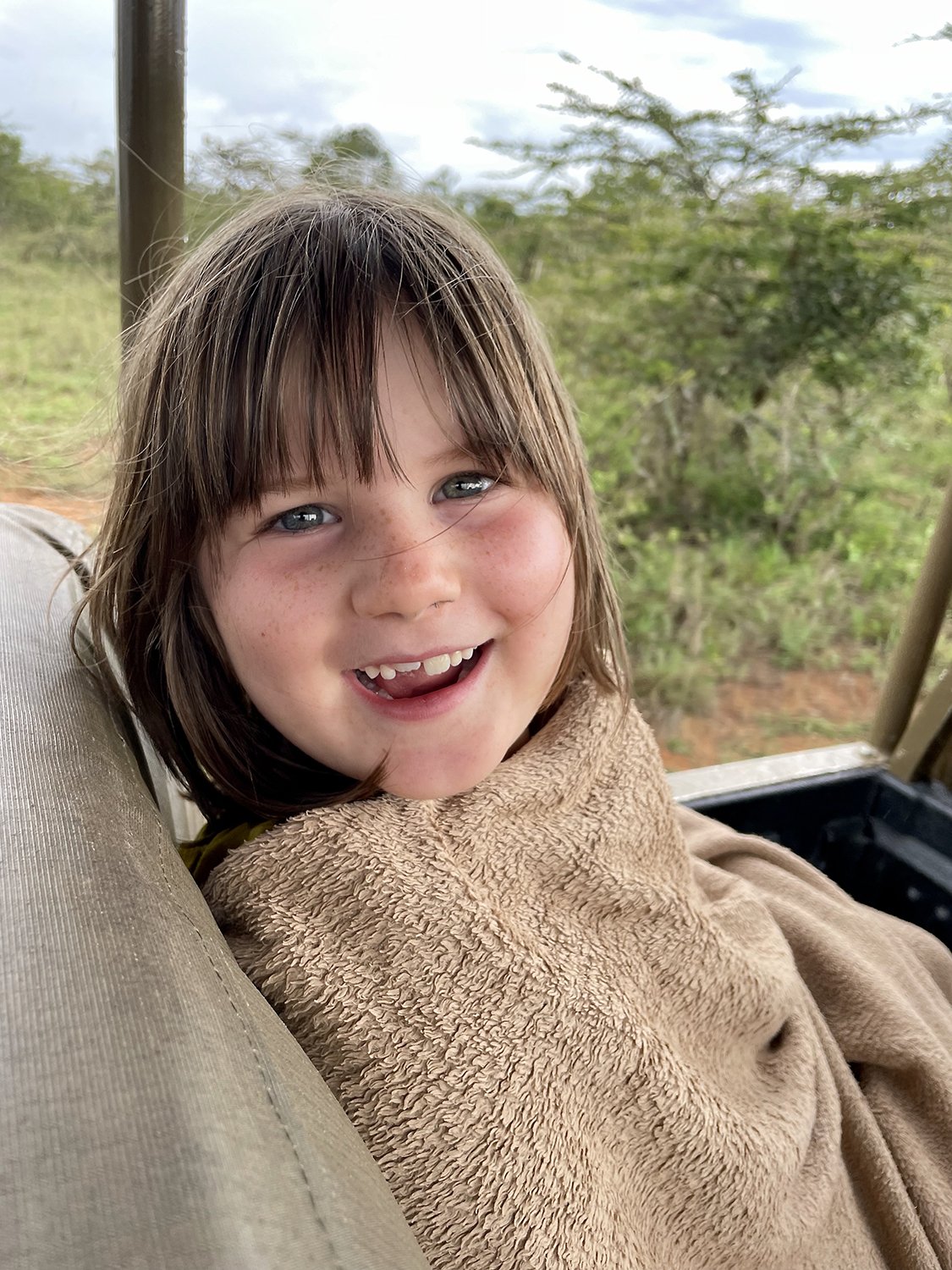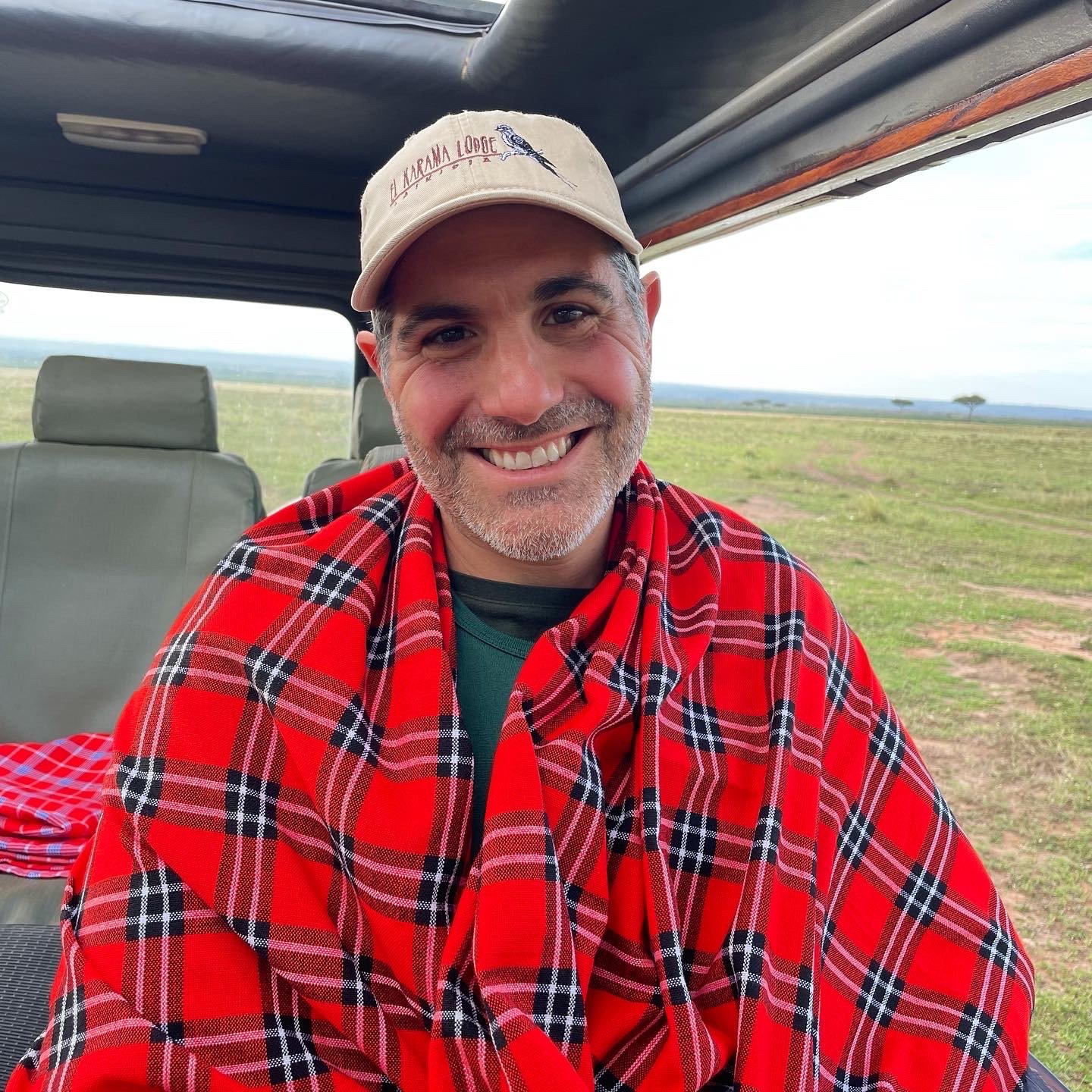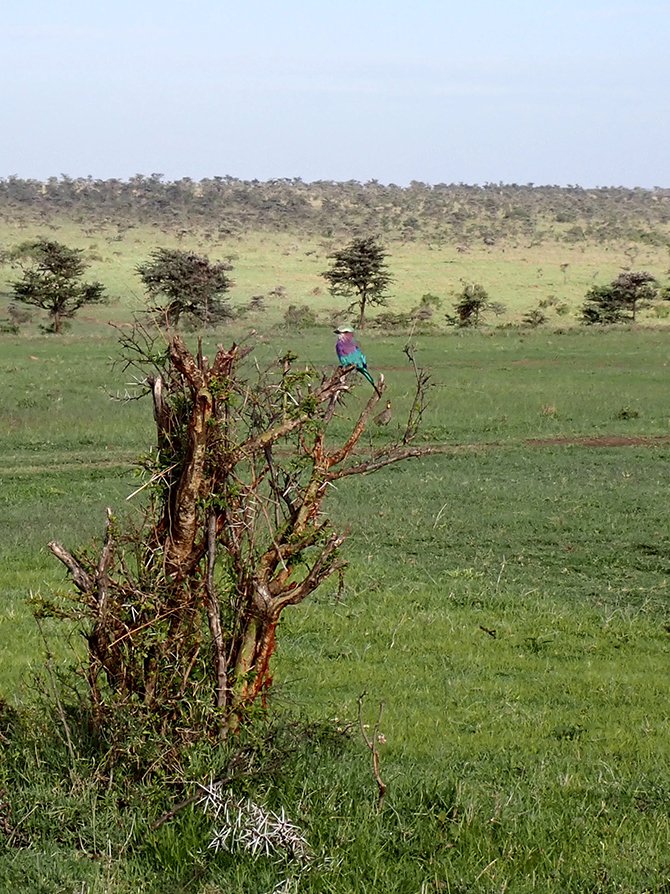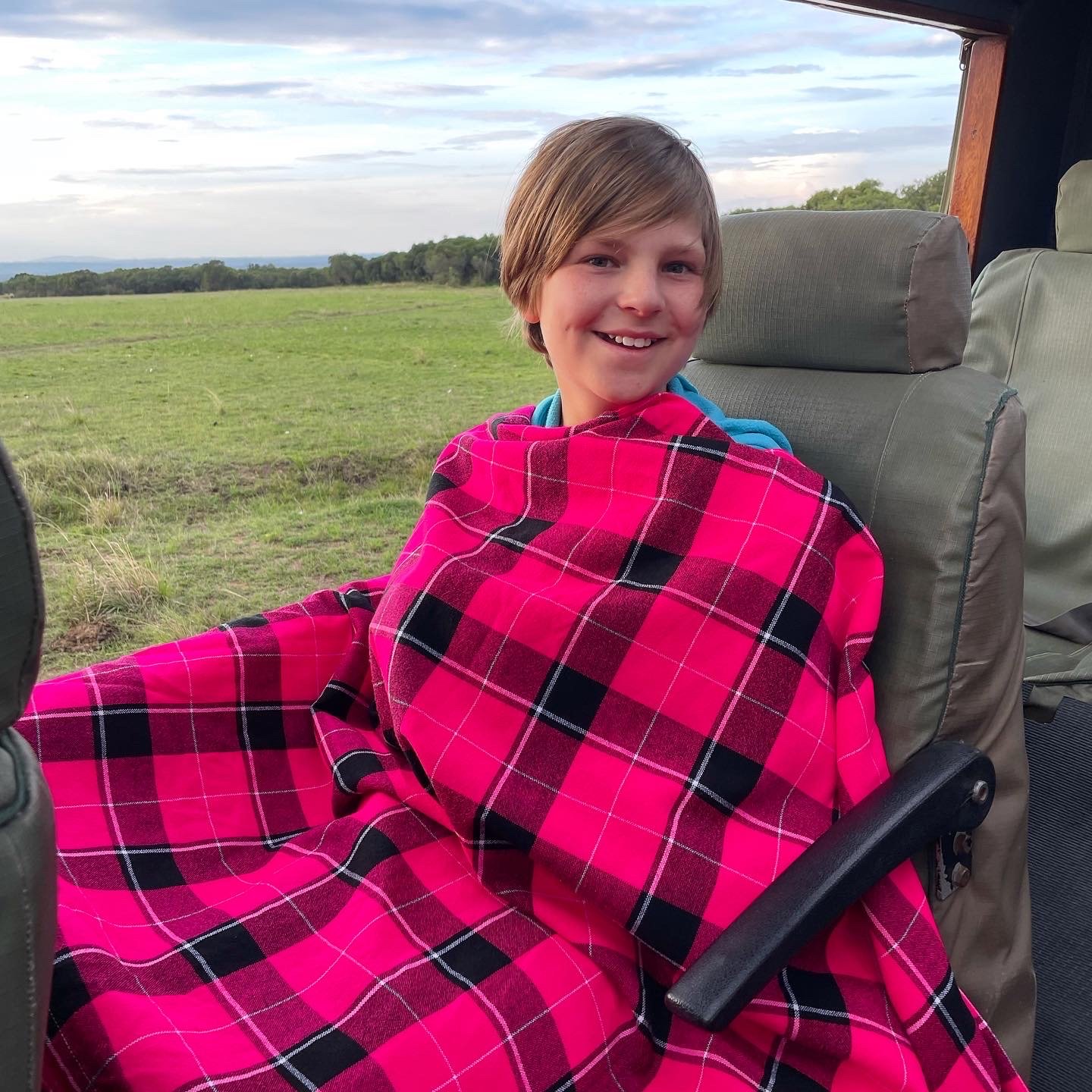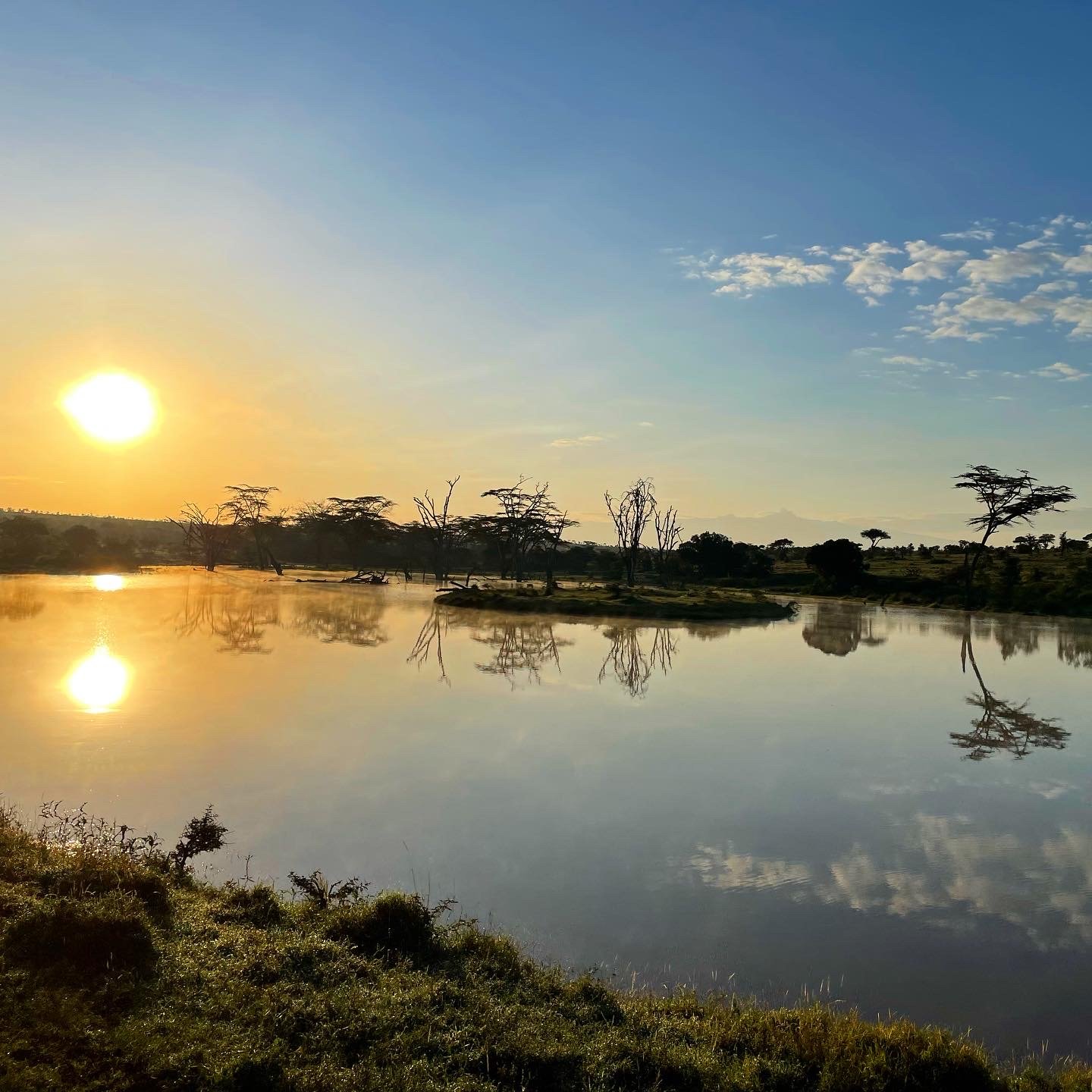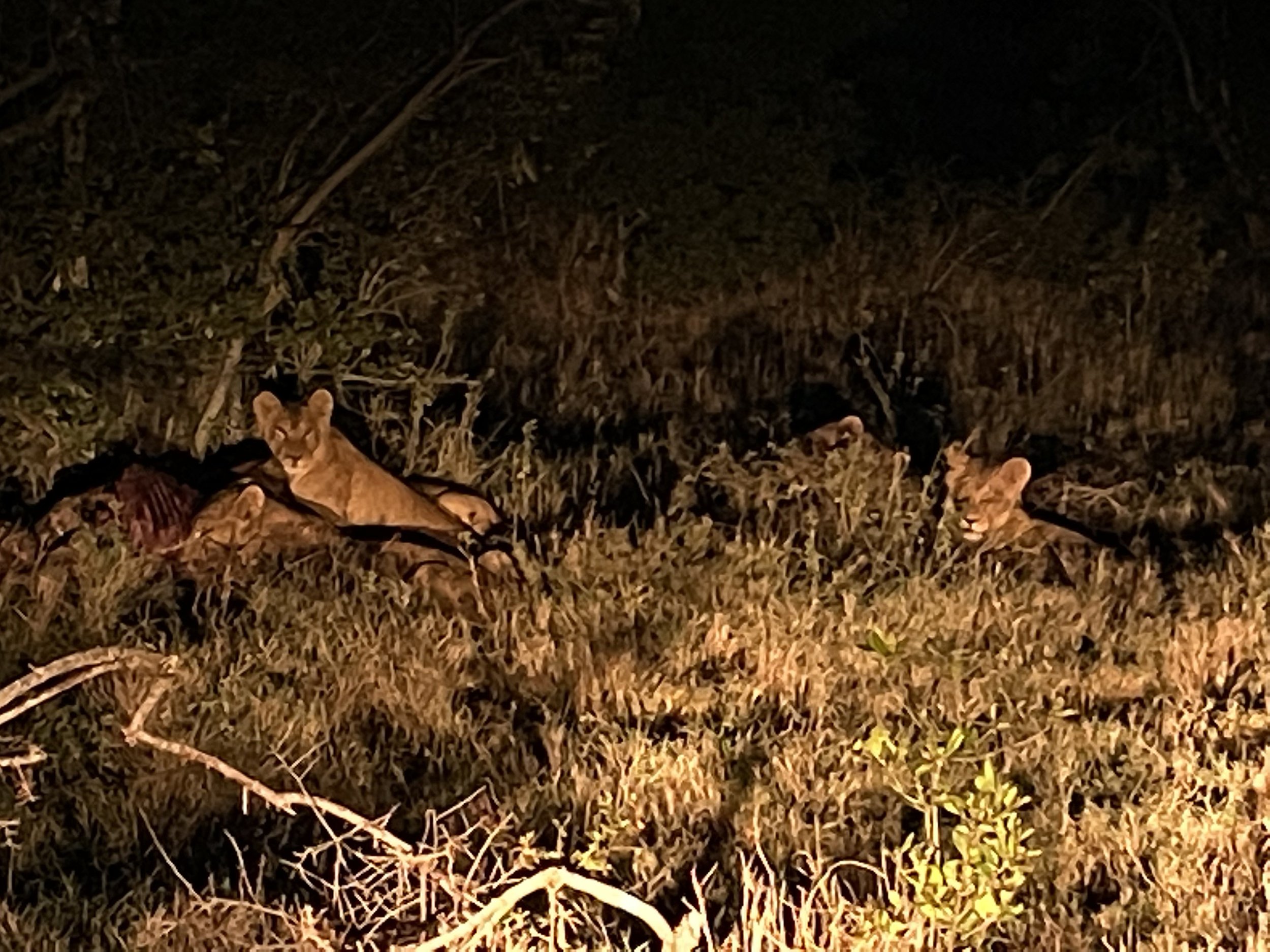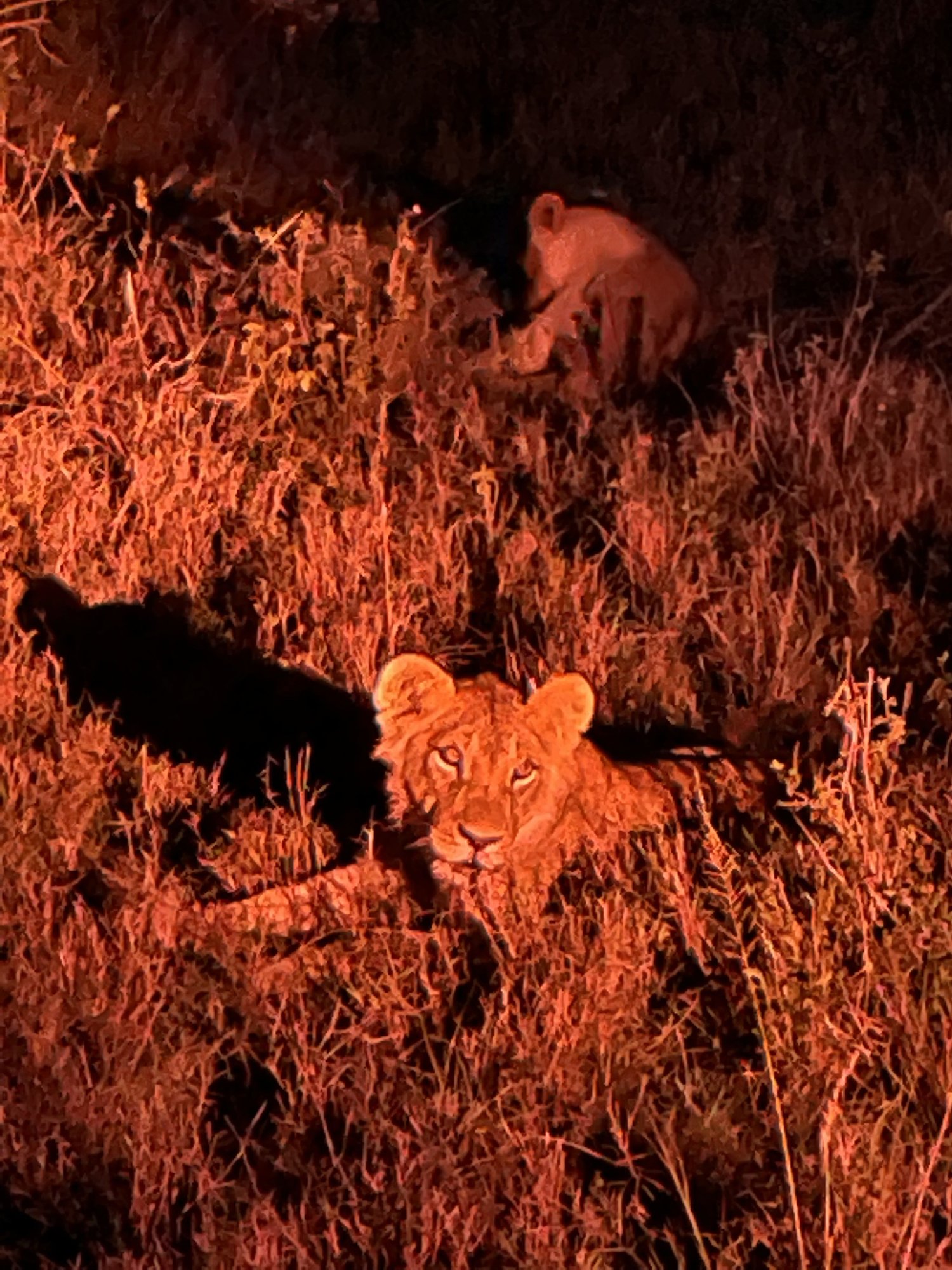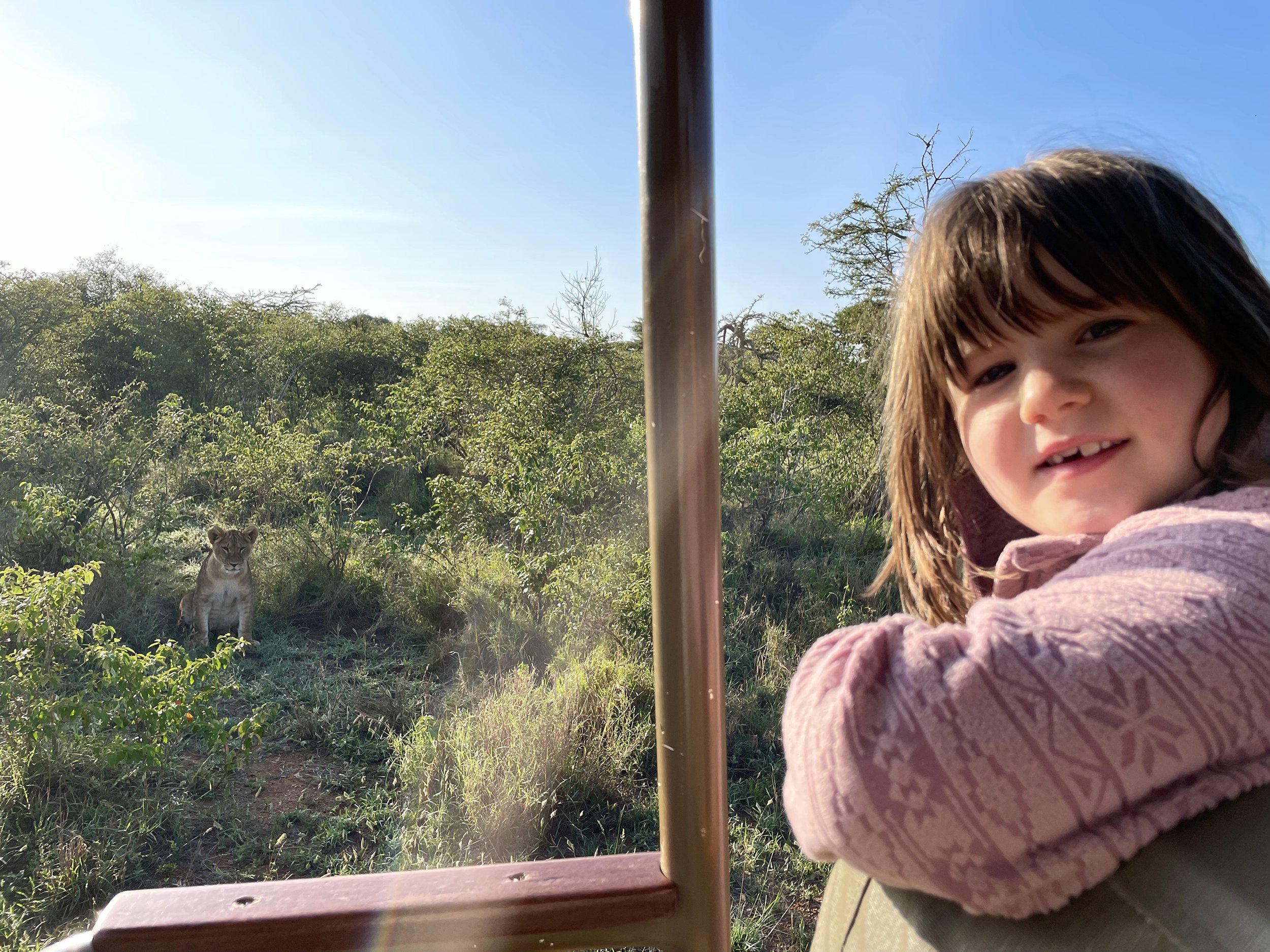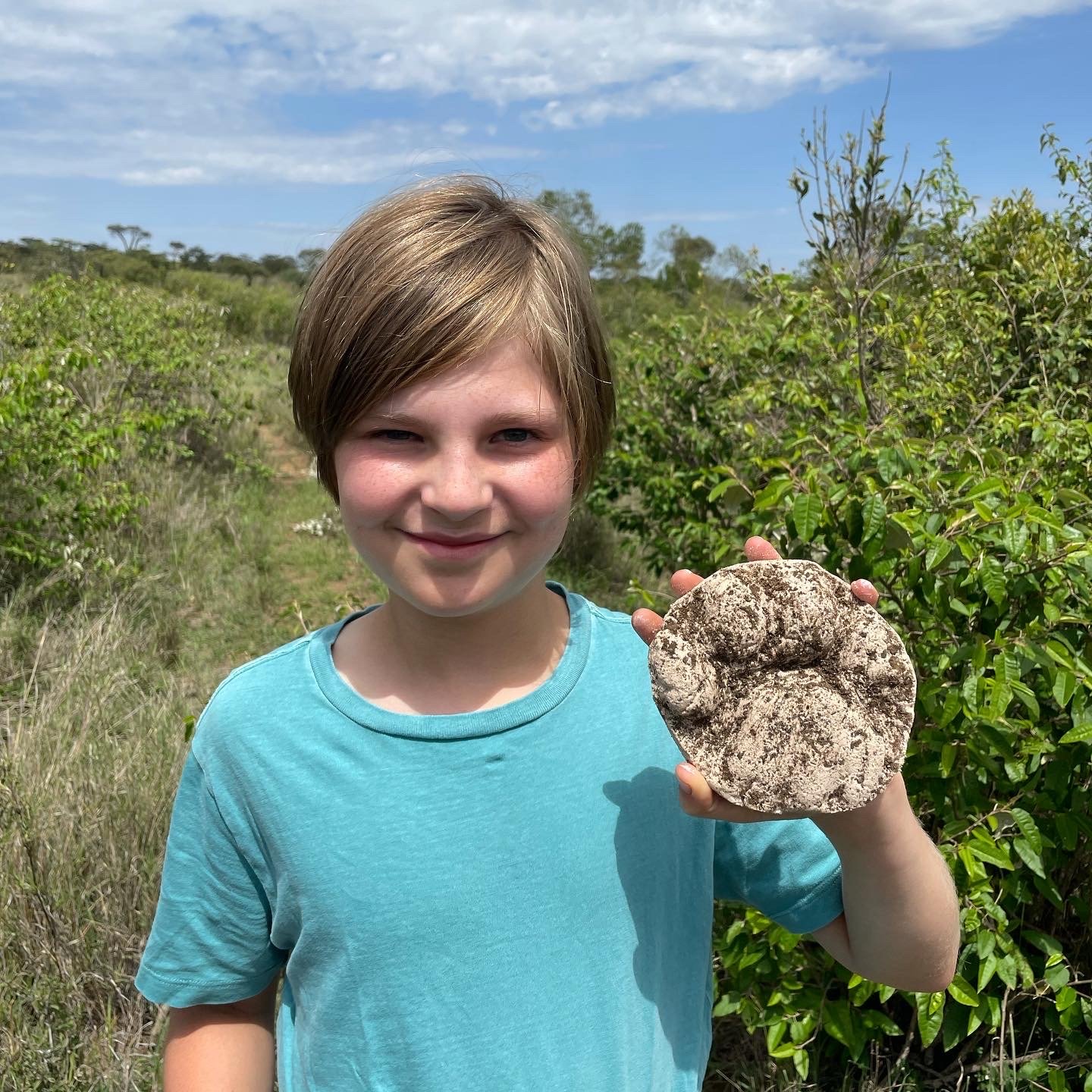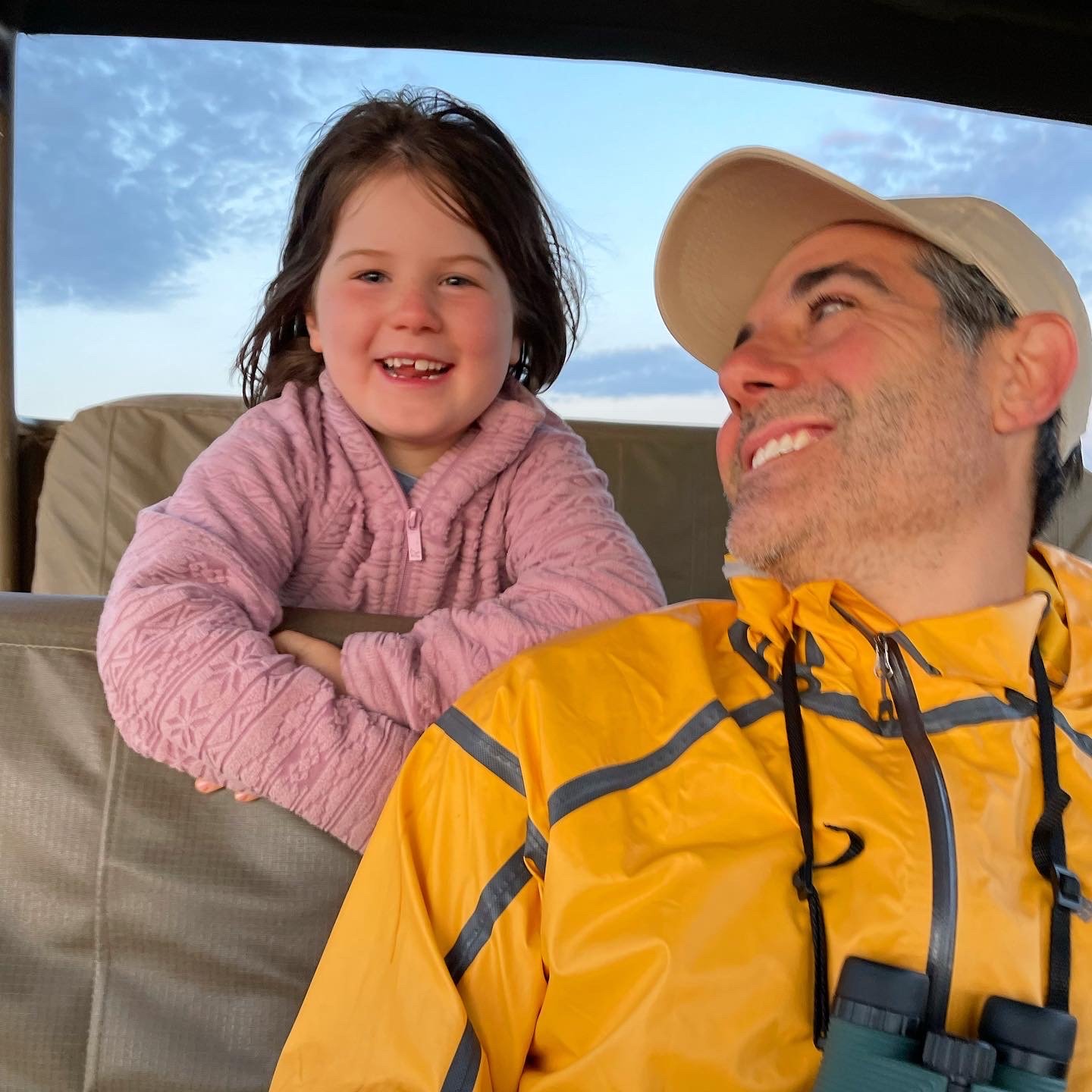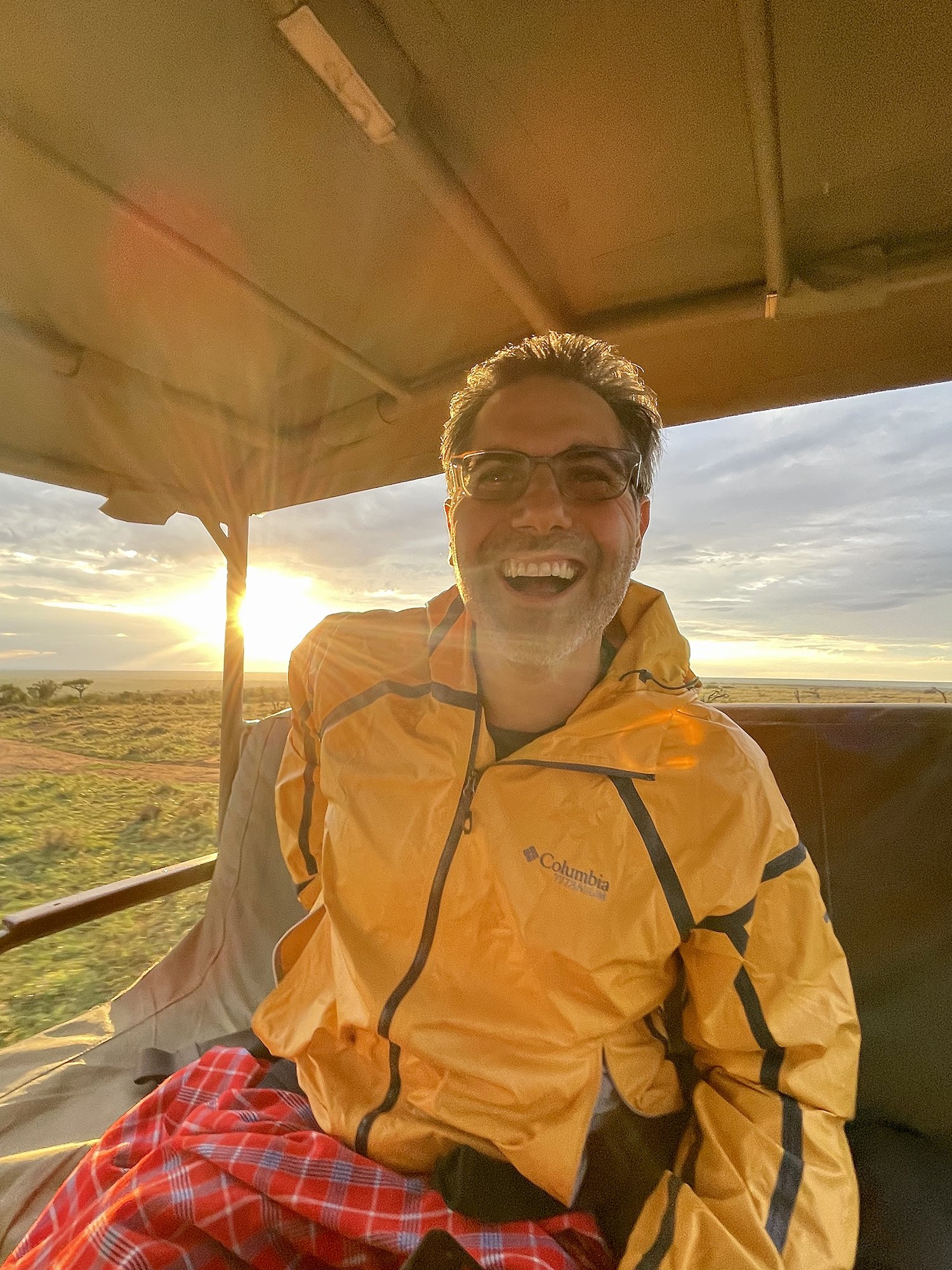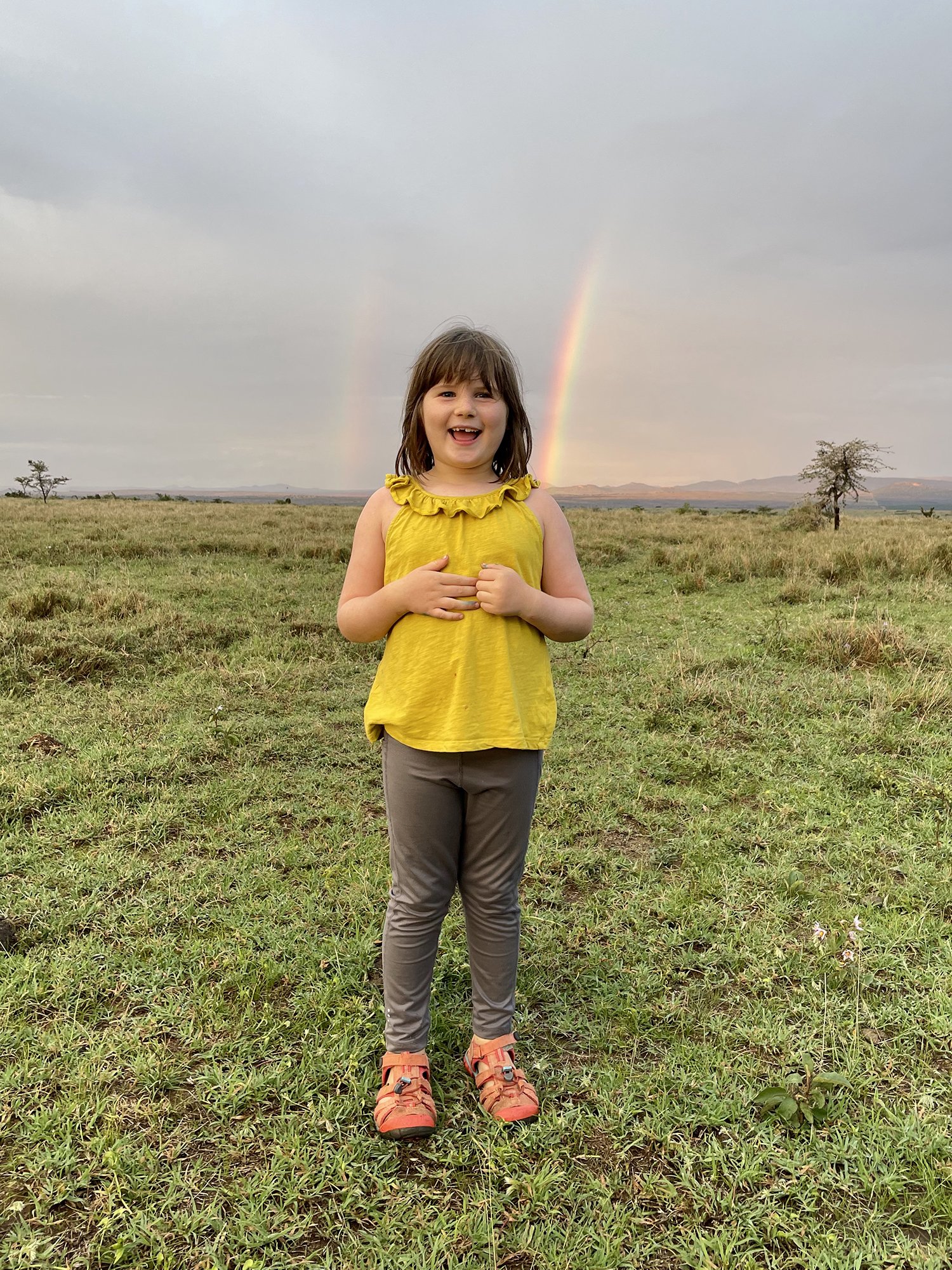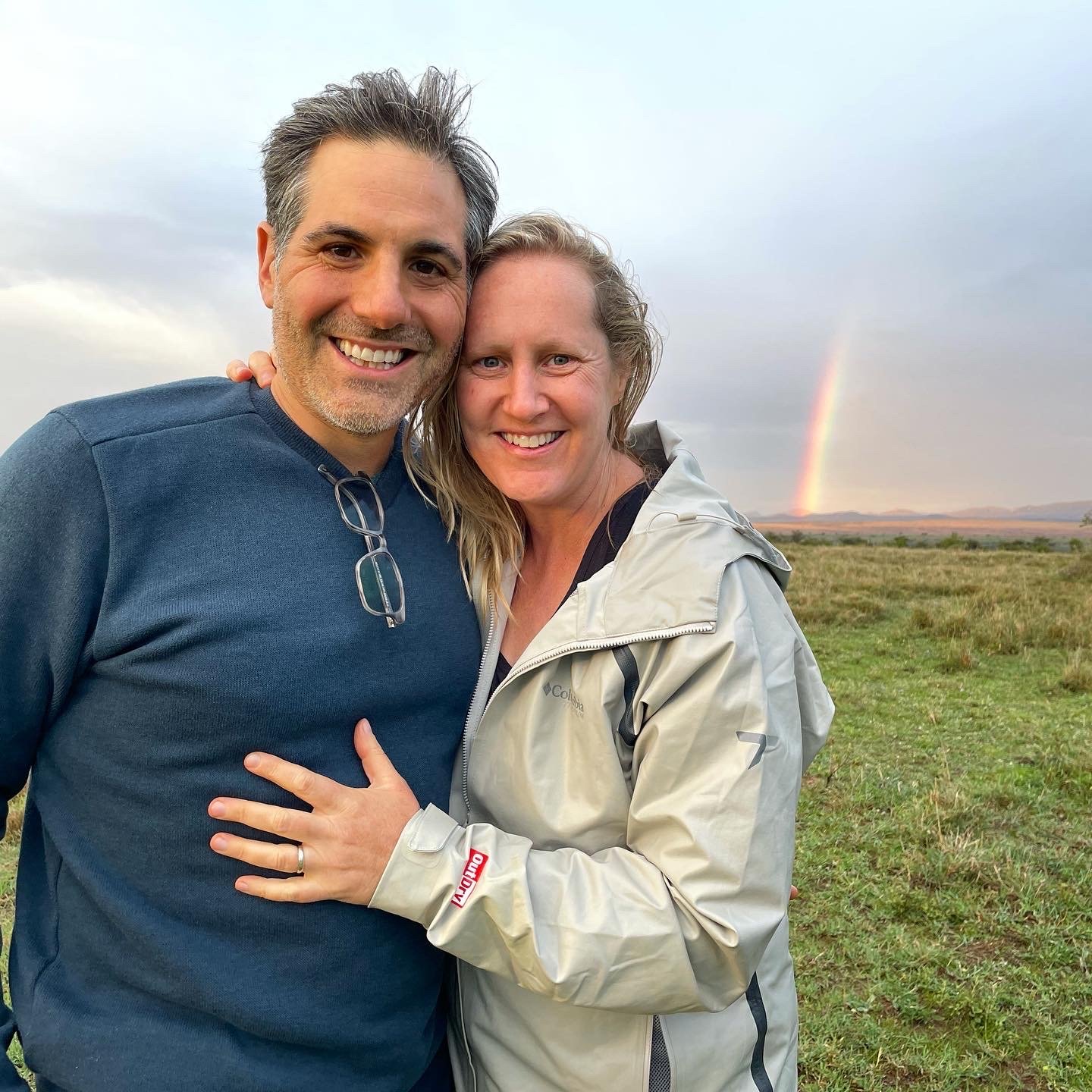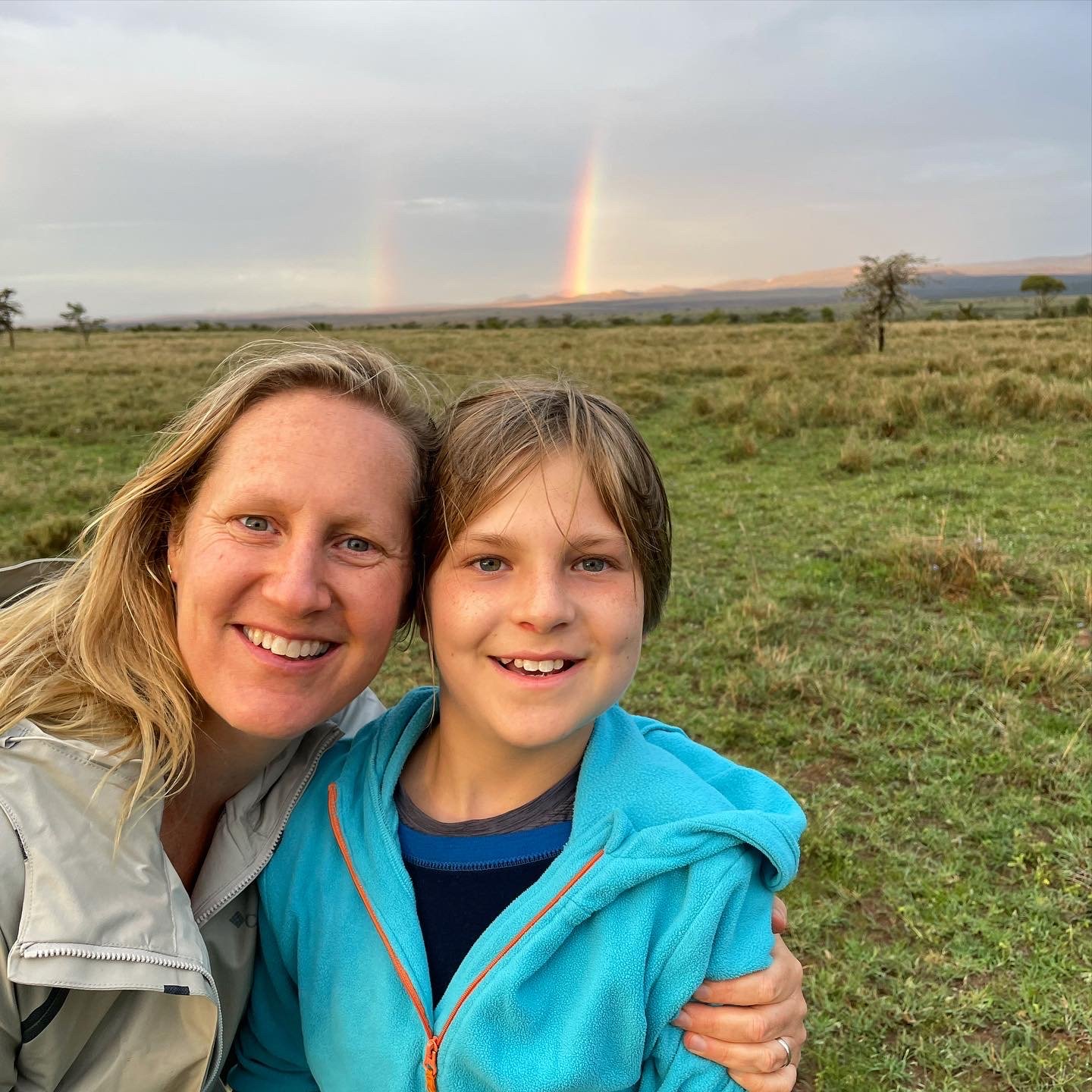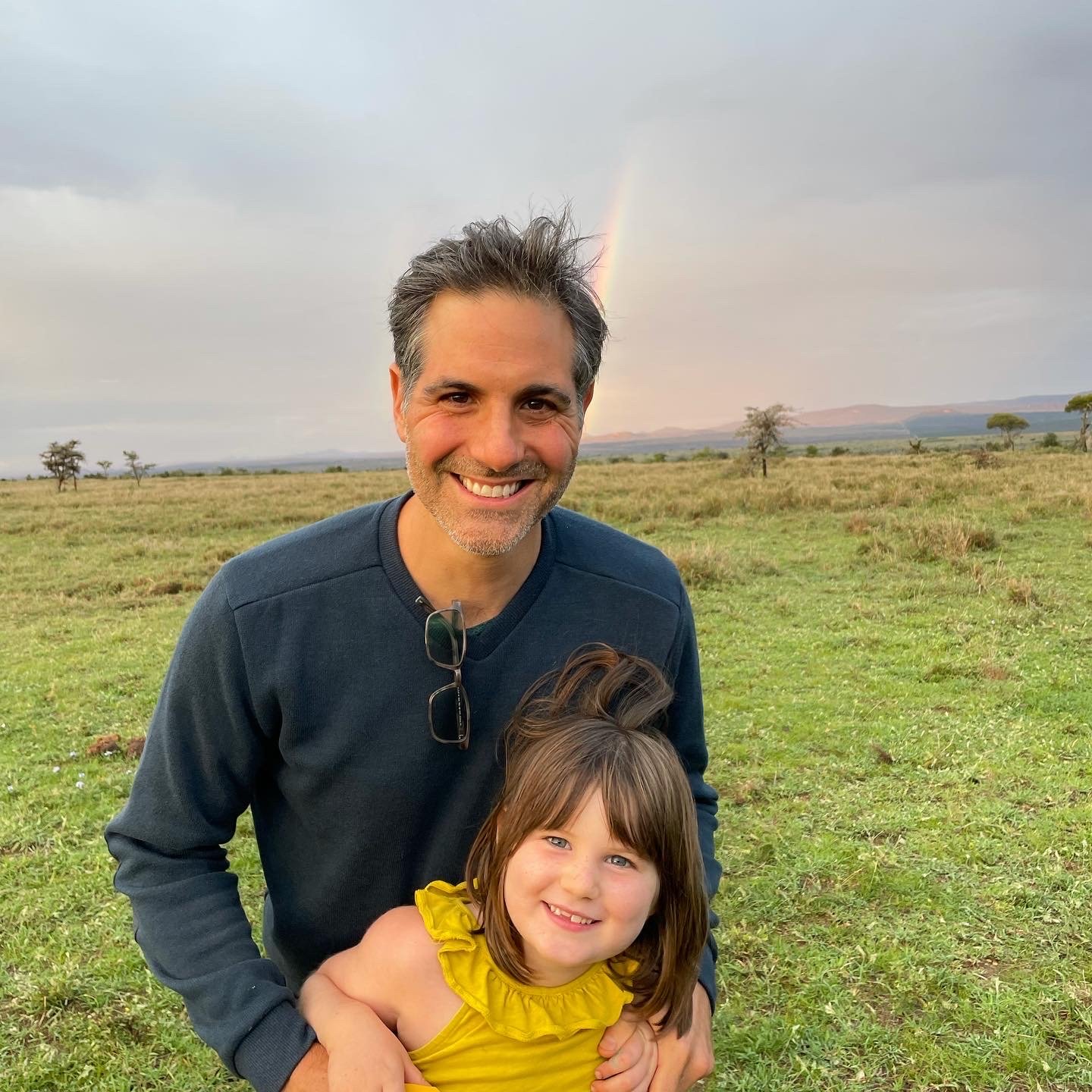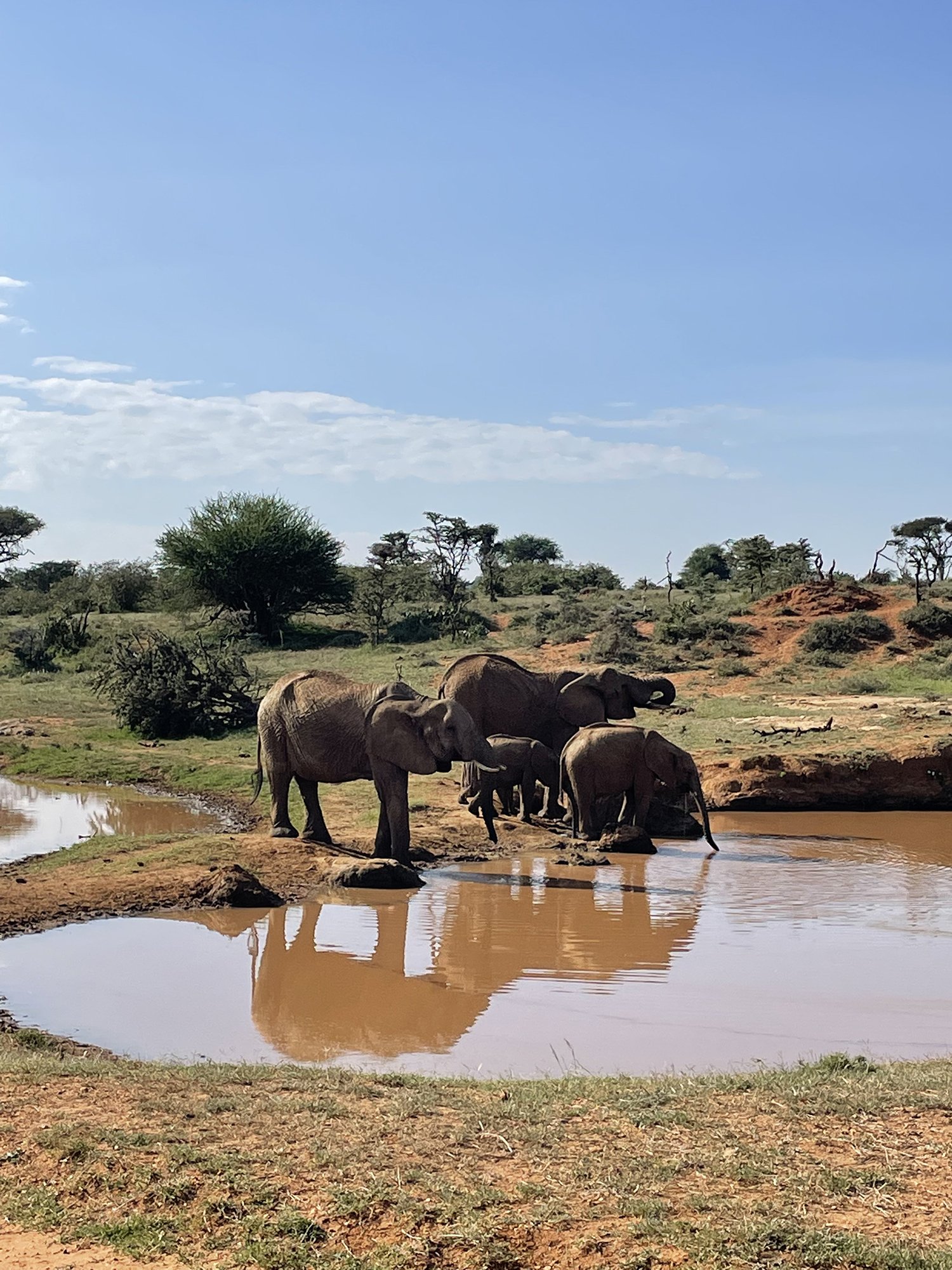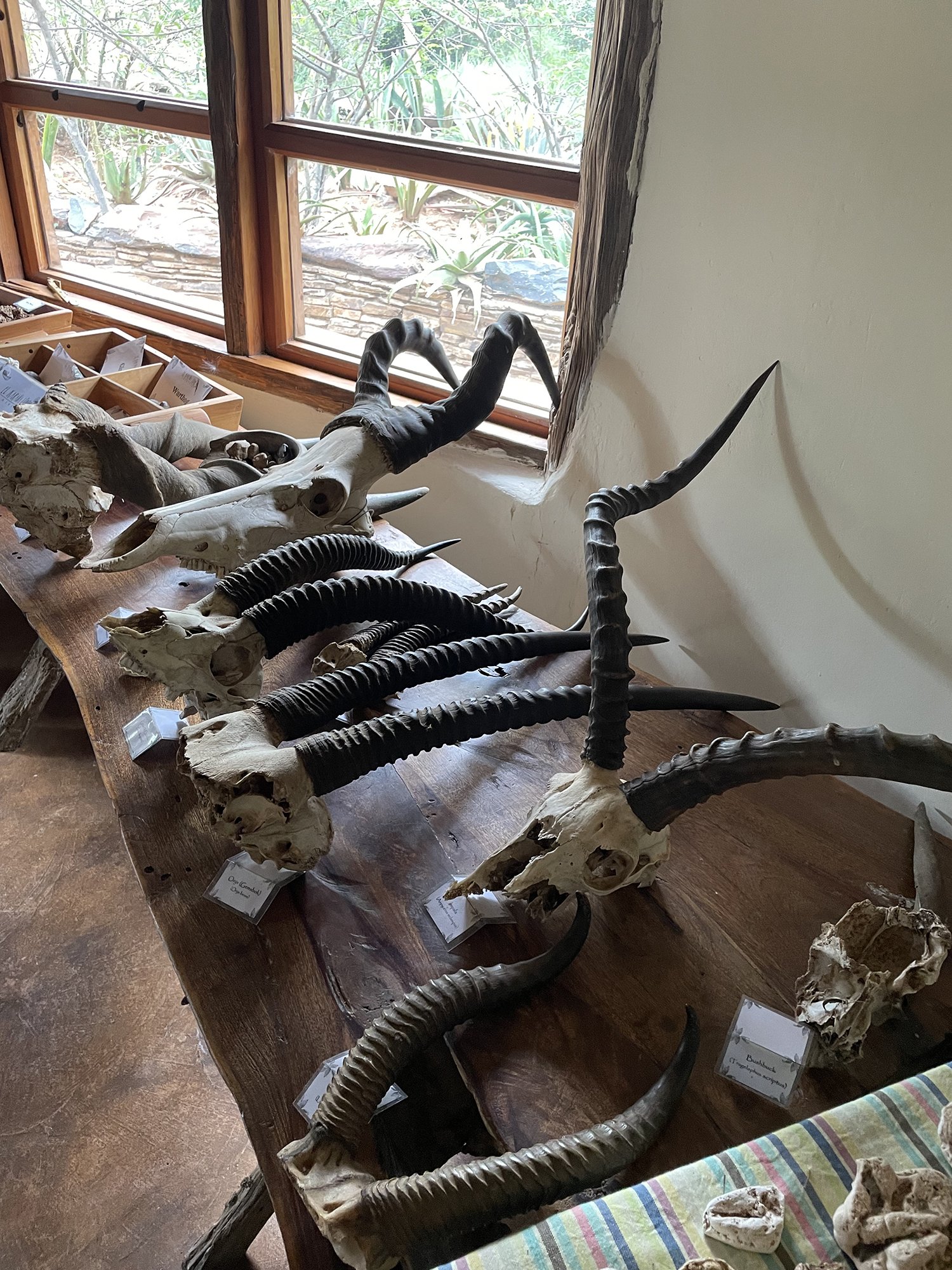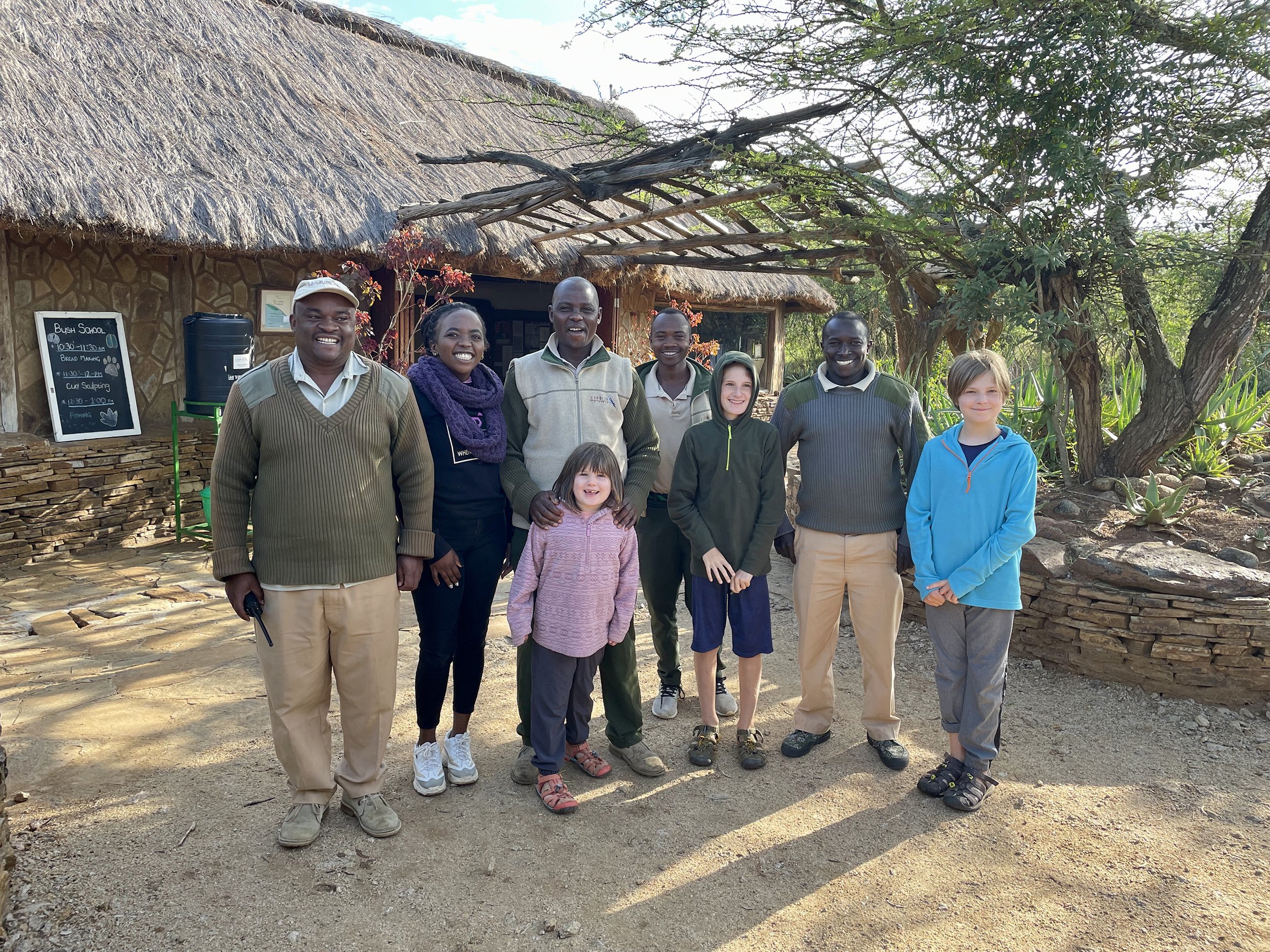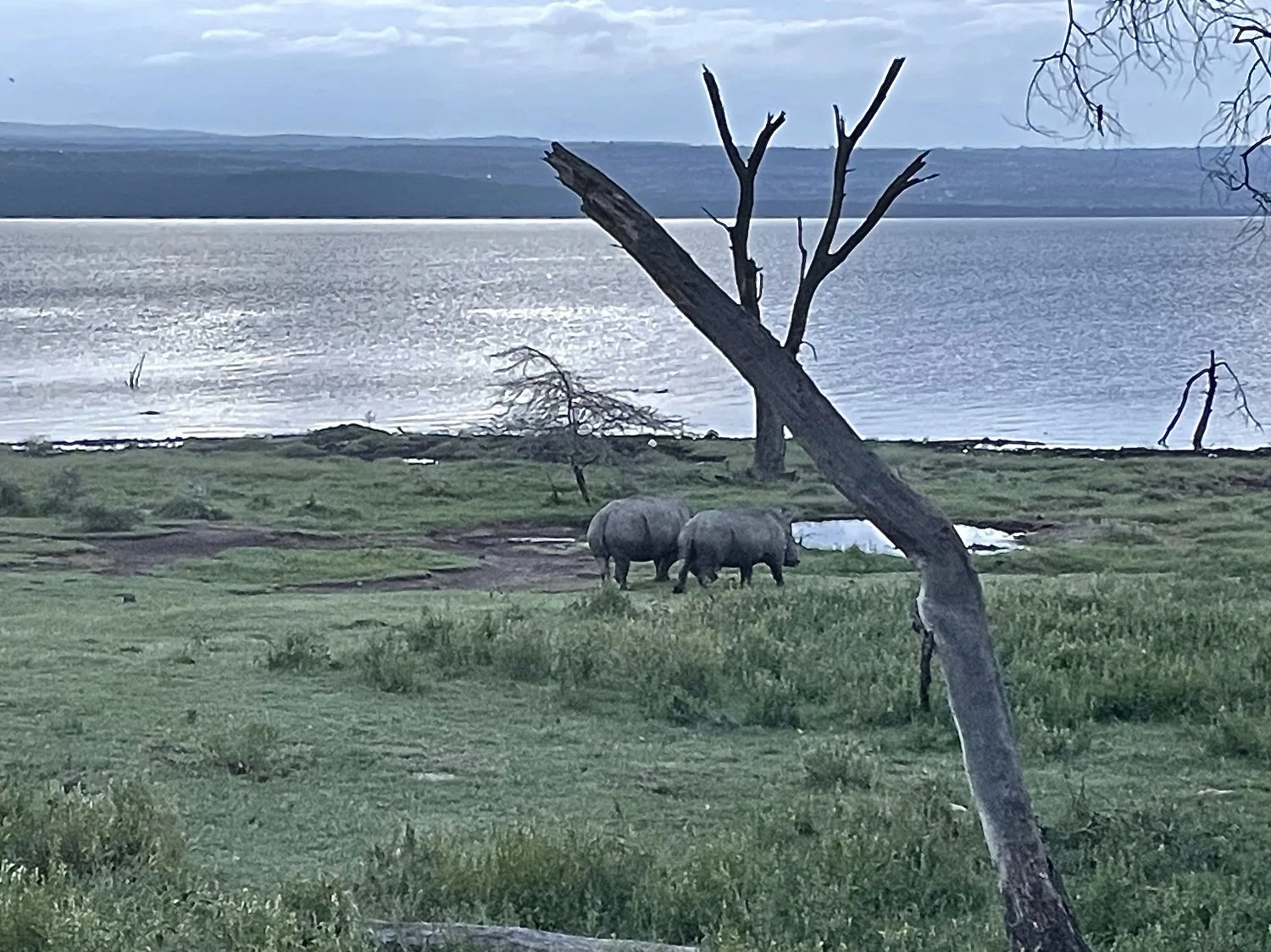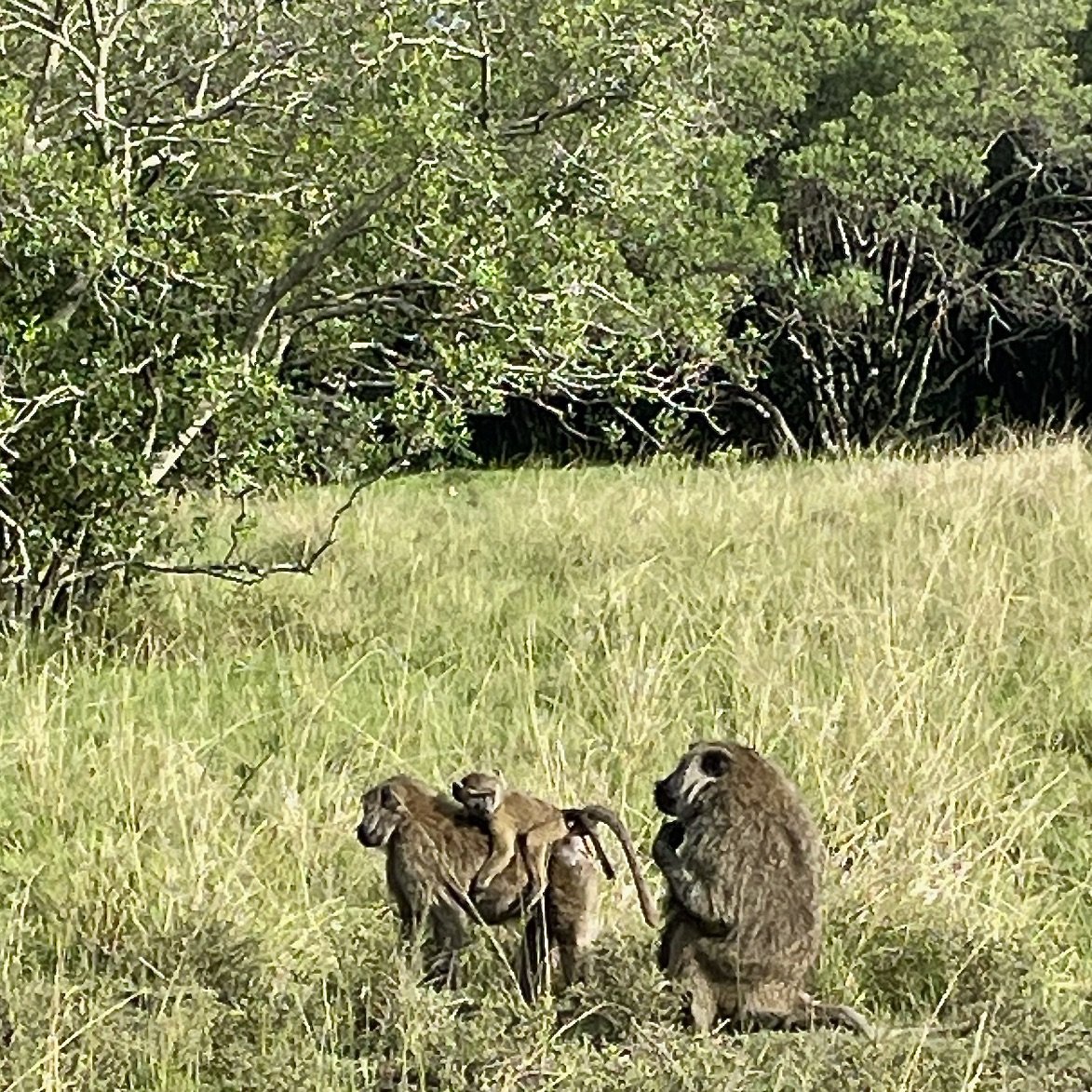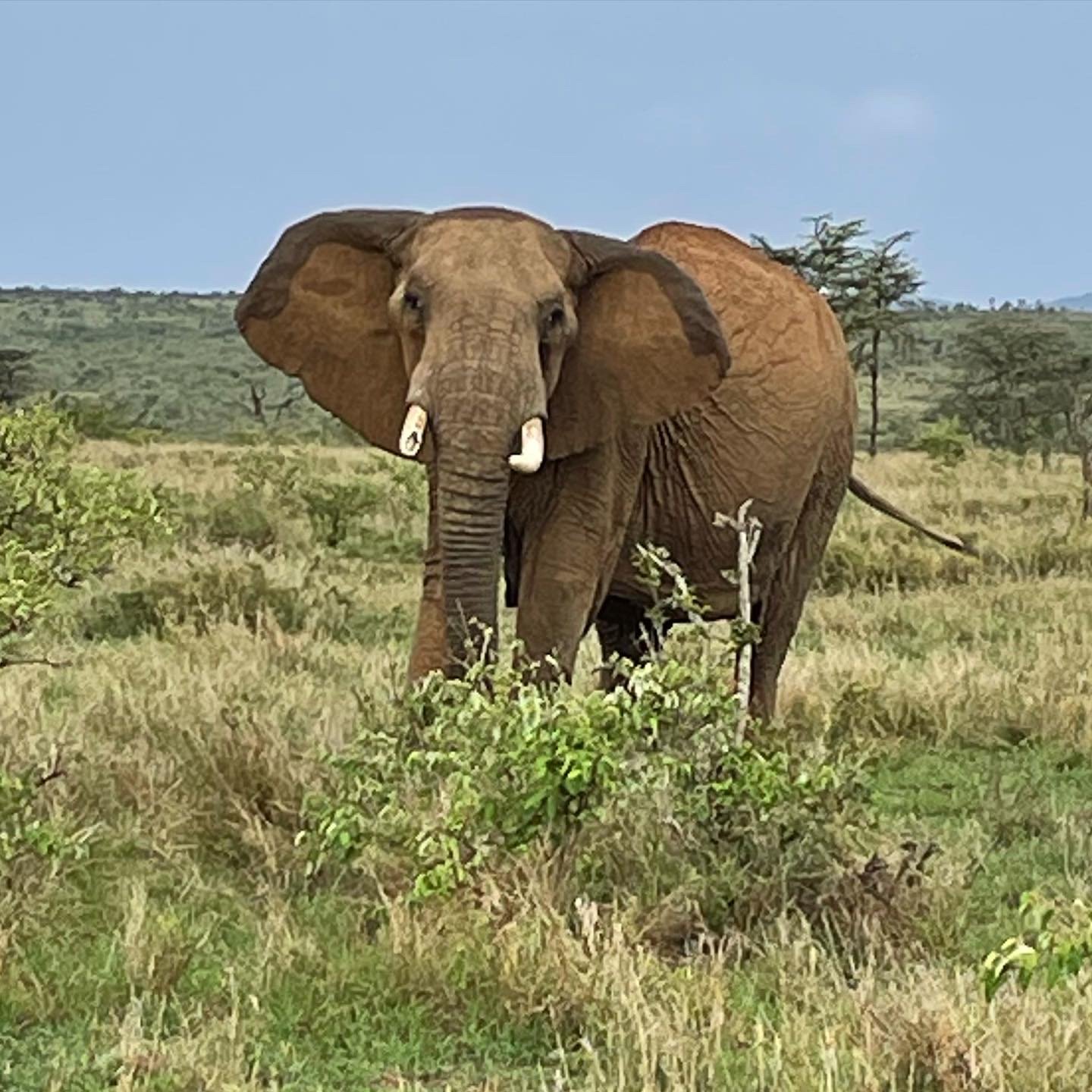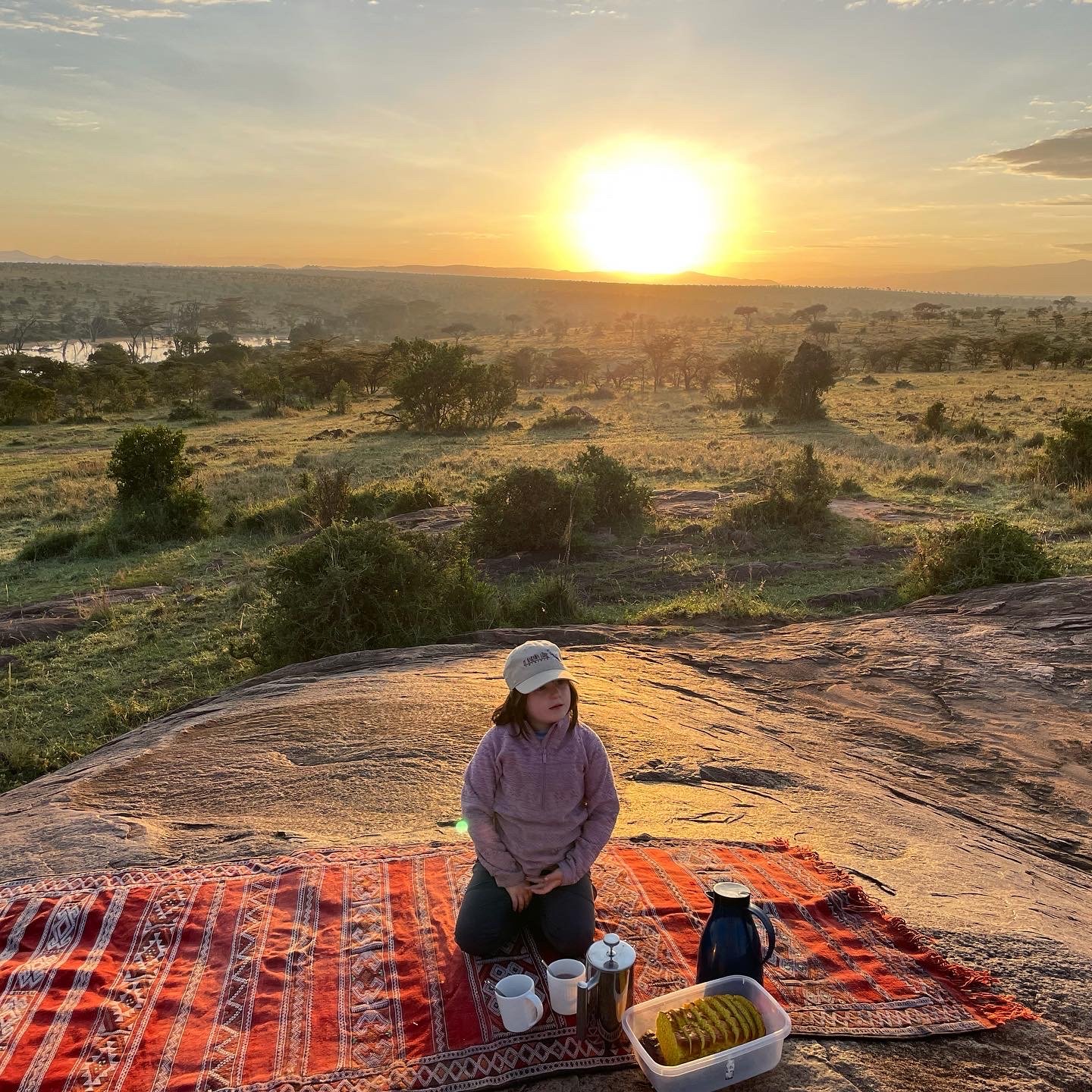Laikipia and Lake Nakuru
Back in a more innocent time (early 2019), we made plans for different kind of travel year. We intended to spend some time in Rwanda, where Carl and I would both do some teaching at a University there. I have always wanted to take the kids on a safari and had decided on Kenya. I carefully researched the trip and booked it, as we decided this was worth the very substantial expense. When Covid hit, all plans flew out the window, but instead of canceling this one exciting and paid-for week, we pushed it exactly a year forward, hoping there would be a way for us to go. After finding Woodland Star and determining to move to Kenya for the term, I realized that the safari trip, originally planned fairly randomly for the middle of October, fell precisely during the school’s mid-term break. It seemed like it was meant to be.
We set off on Saturday with our driver and guide, David, who was very warm and a fount of knowledge on the flora and fauna of the area. After the long drive up past the equatorial divide, we made it to Laikipia, a semi-arid area of central Kenya. Seemingly, the moment we drove through the gate into the reserve, the wildlife became evident in much greater numbers and frequency than any of us anticipated. I reveled in the opportunity to observe many herds of elephant, and we discovered many types of animals and birds we’d never heard of, much less seen, before. The landscape itself was a wonder, with endless vistas and dramatic lighting around every curve of the road.
Things only got better from there, as we settled into a heavenly little off the grid eco-lodge called El Karama, run by a young family. They are the only lodge located in a smaller conservancy, have a tandem farm operation with dairy cows, fruits and vegetables, and several programs that address the complicated relationship between conservation and local community interests. They also have a little ‘bush school’, so the kids could go off with the staff mid-day between game drives to do activities like beading, clay harvesting and sculpting, bread making, and fishing. All the meals were prepared with the local produce and absolutely delicious. We left a little more padded than we went in.
We were lucky to work with a wonderful guide named Robinson. He had dramatic stories to tell about his life, most notably nearly losing it to a leopard when he was a young and inexperienced herder. He brought us on many memorable drives throughout the area where we encountered scores of animals and birds. One night, we happened upon a group of lions feeding on an Elan and managed to park directly in front of the scene to observe. Something we will likely never forget!
When we reluctantly left Laikipia, we went on a very long and dusty drive to Lake Nakuru, further West. We only stayed the night, but did a couple of drives with David while there to explore the alkaline lake that is teeming with bird life including their famous flamingo, and also storks, spoonbills, and flotillas of white pelican. Sadly, development around the Lake and rising water has diminished this habitat significantly. We also lucked upon a very rare Black Rhino, saw several White Rhino as well, and many lively baboons. After a last tour of the park the next morning, we pressed on toward the famous Masai Mara, the grassy plains in the rift valley that spill over from the southern border of Kenya to become the Serengeti on the Tanzanian side.
